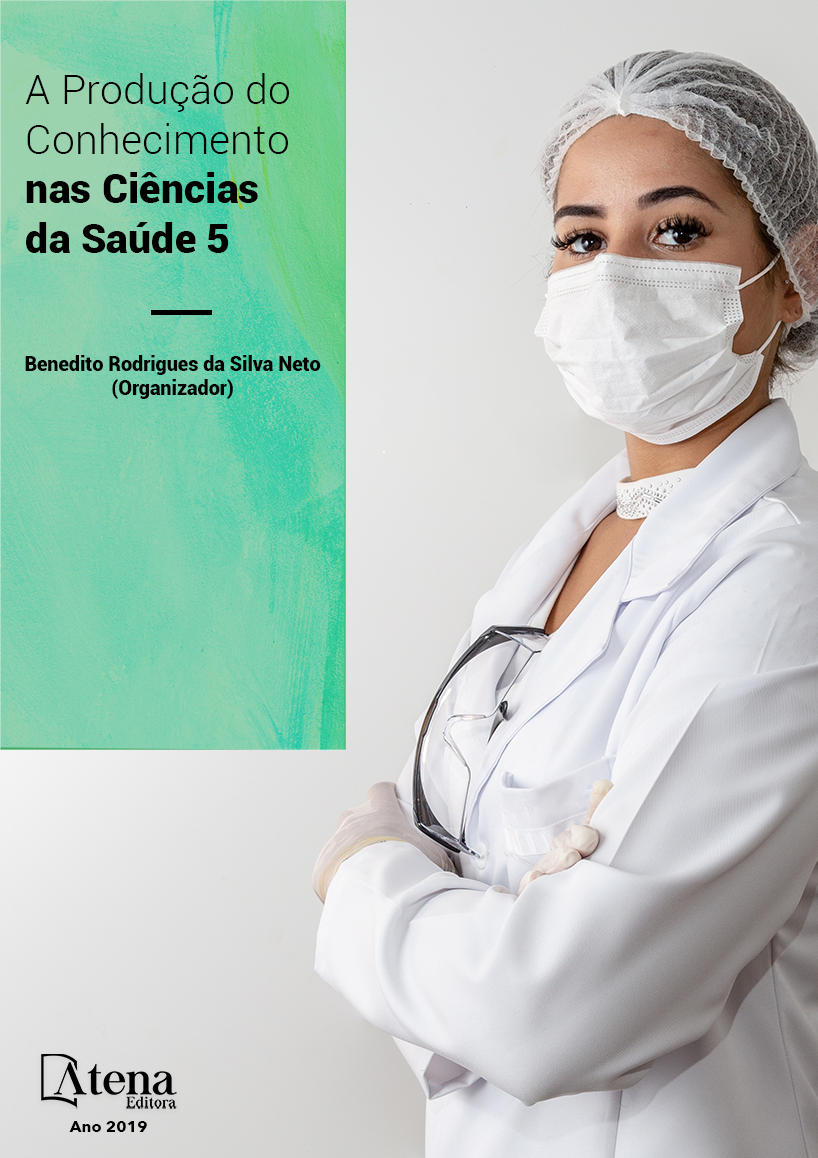
NANOCOMPÓSITOS DE HIDROGÉIS À BASE DE GELATINA/POLI(ÁLCOOL VINÍLICO) E ARGILA PARA USO COMO CURATIVOS
A gelatina (GE) tem-se destacado
como importante fonte para obtenção de
biomateriais para aplicação farmacêutica e
tem apresentado excelentes propriedades para
uso como curativos no tratamento de feridas.
Possuem significativas propriedades biológicas
que auxiliam na regeneração tecidual. Com o
objetivo de melhorar as propriedades físicas e
variar a taxa de degradação desse biopolímero
natural, propõe-se como objeto de estudo
neste trabalho, misturar a gelatina com o
poli(álcool vinílico) (PVA) e argila, visando obter
nanocompósitos de hidrogéis com propriedades
tecnológicas promissoras para serem
empregadas como curativos na engenharia de
tecidos. Para tanto, hidrogéis de gelatina (GE)
e poli(álcool vinílico)(PVA) com e sem argila
foram preparados pelo método de evaporação
de solvente. Em seguida, os hidrogéis foram
analisados qualitativamente e caracterizados
estruturalmente, morfologicamente e
fisicamente. Diante dos resultados, pode-se
inferir que os hidrogéis obtidos nesse estudo
apresentaram transparência óptica à luz
visível e, nanocompósitos de hidrogéis com
morfologias esfoliada foram obtidos para todas
as composições. Todos os nanocompósitos
de hidrogéis (GE/PVA + argila) apresentaram
significativo grau de inchamento no fluido
analisado. Tal comportamento pode ser
resultado da boa interação da argila com o
hidrogel GE/PVA nas diferentes composições,
especialmente, a composição GE/PVA4/1+AN.
Essa composição também apresentou
maior hidrofilicidade. Dessa forma, pode-se
concluir que os nanocompósitos de hidrogéis
foram obtidos com sucesso, apresentando
características e propriedades promissoras para ser empregada como curativos na
cicatrização de ferimentos, em especial, a composição GE/PVA4/1+AN.
NANOCOMPÓSITOS DE HIDROGÉIS À BASE DE GELATINA/POLI(ÁLCOOL VINÍLICO) E ARGILA PARA USO COMO CURATIVOS
-
DOI: 10.22533/at.ed.02619030426
-
Palavras-chave: Gelatina, poli(álcool vinílico), argila, nanocompósitos de hidrogéis, curativos.
-
Keywords: Gelatin, polyvinyl alcohol, clay, hydrogel nanocomposites, dressings.
-
Abstract:
Gelatine (GE) has been highlighted as an important source for obtaining
biomaterials for pharmaceutical application and has presented excellent properties for
use as dressings in the treatment of wounds. They have significant biological properties
that aid in tissue regeneration. In order to improve the physical properties and to vary
the rate of degradation of this natural biopolymer, it is proposed to mix gelatine with
polyvinyl alcohol (PVA) and clay in order to obtain hydrogel nanocomposites with
promising technological properties to be used as curatives in tissue engineering. For
this purpose, gelatine (GE) and poly (vinyl alcohol) hydrogels (PVA) with and without
clay were prepared by the solvent evaporation method. Subsequently, the hydrogels
were analyzed qualitatively and structurally, morphologically and physically. In view
of the results, it can be inferred that the hydrogels obtained in this study presented
optical transparency in visible light and, nanocomposites of hydrogels with exfoliated
morphologies were obtained for all the compositions. All hydrogel nanocomposites (GE/
PVA + clay) showed a significant degree of swelling in the analyzed fluid. Such behavior
may be a result of the good interaction of the clay with the GE / PVA hydrogel in the
different compositions, especially the GE/PVA4/1 + AN composition. This composition
also presented greater hydrophilicity. Thus, it can be concluded that the hydrogel
nanocomposites were successfully obtained, presenting characteristics and promising
properties to be used as dressings in wound healing, especially the GE/PVA4/1 + AN
composition.
-
Número de páginas: 15
- Renata Karoline Ferreira Ataíde
- Elaine Pereira dos Santos
- Marcus Vinícius Lia Fook
- Itamara Farias Leite
- Pedro Henrique Medeiros Nicácio


